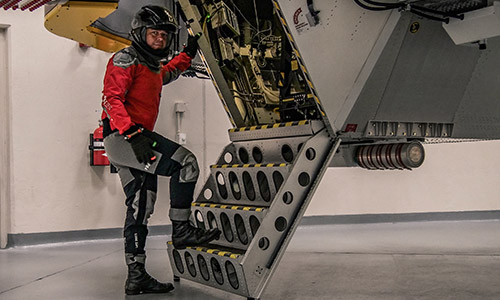NEWS AND EVENTS
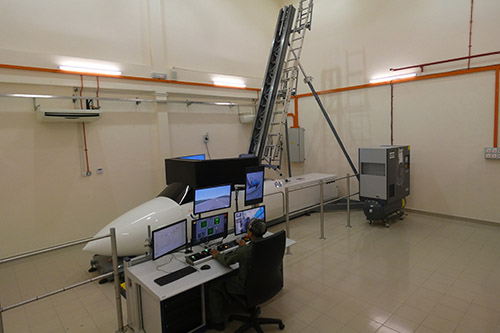
ETC announced that its Aircrew Training Systems business unit (“ATS”) was awarded an approximately $7.2 million contract. ETC will supply an Ejection Seat Simulator and Hypobaric Chamber for a Central European customer. “This contract represents ETC’s global leadership in the aeromedical industry and expansion of its customer base in Europe,” stated Robert Laurent, CEO and President.
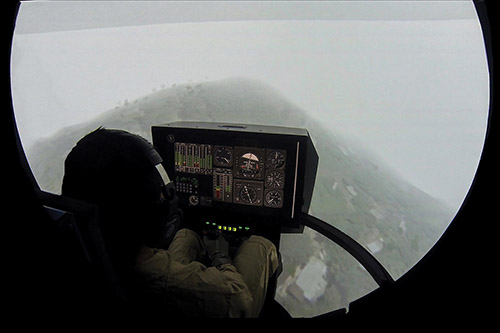
ETC announced that its Aircrew Training Systems business unit was awarded four contracts totaling $9.7 million. Three are for CLS contracts for repeat customers in the Middle East, and the U.S., and one is for a mid-life upgrade of Spatial Disorientation equipment for an Asian customer.
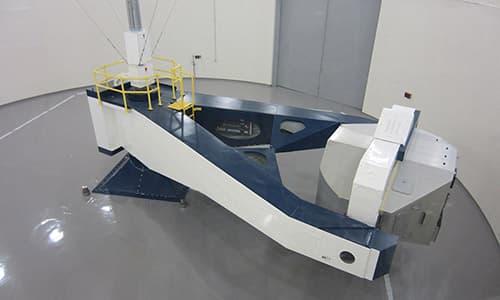
ETC announced that its Aircrew Training Systems business unit (“ATS”) was awarded an $85 million contract for the delivery of an Aeromedical Center including the building and all related facilities, in addition to a suite of aeromedical training equipment.
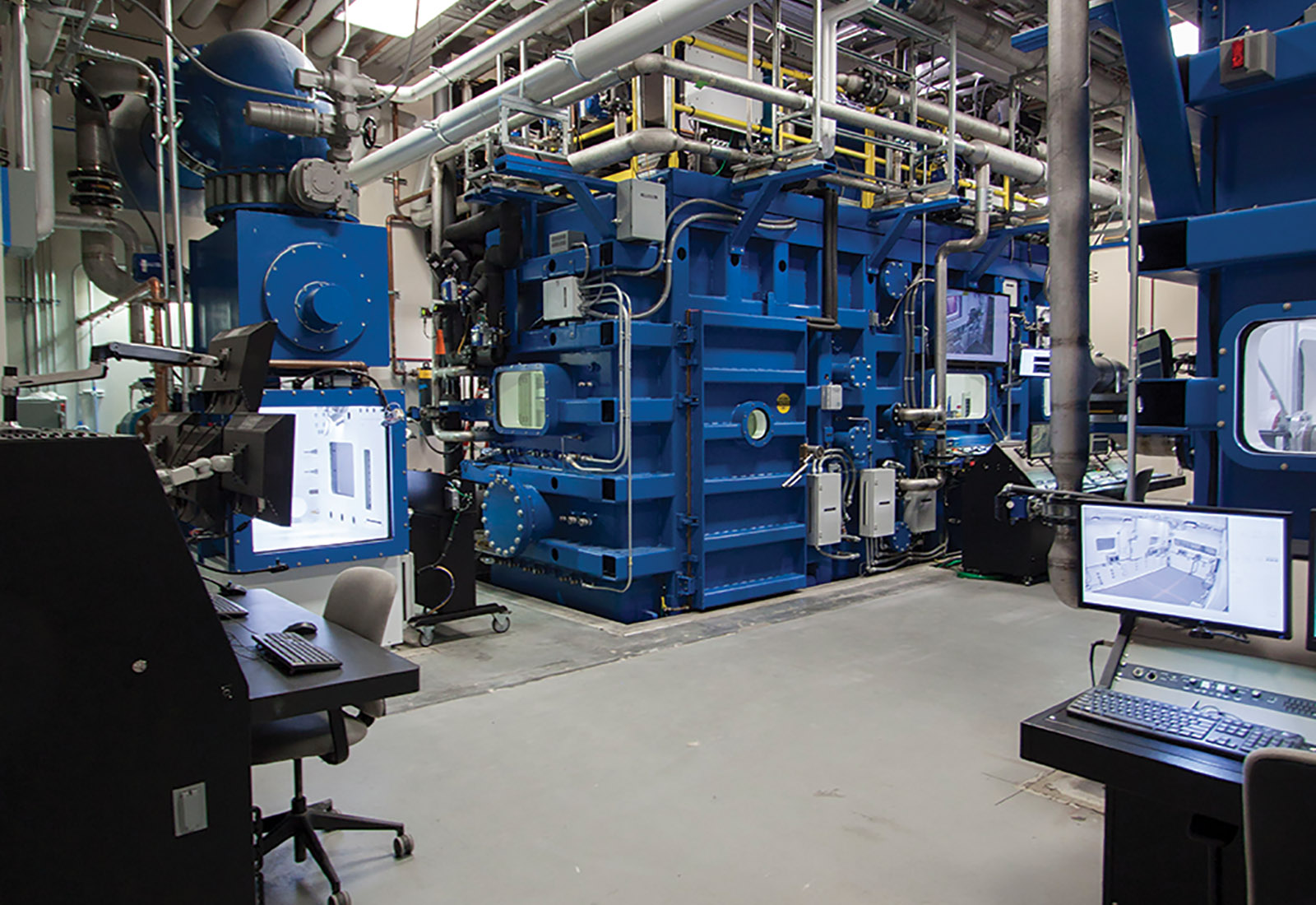
Three of the lab’s Research Altitude Chambers, better known as the RACs, are now certified for manned research up to 50,000 feet. No other chambers in the DOD have the same man-rating certification. It’s a feat not easily found elsewhere as well, according to Maj. Sarah Kercher, an aerospace physiologist for the lab’s 711th Human Performance Wing.
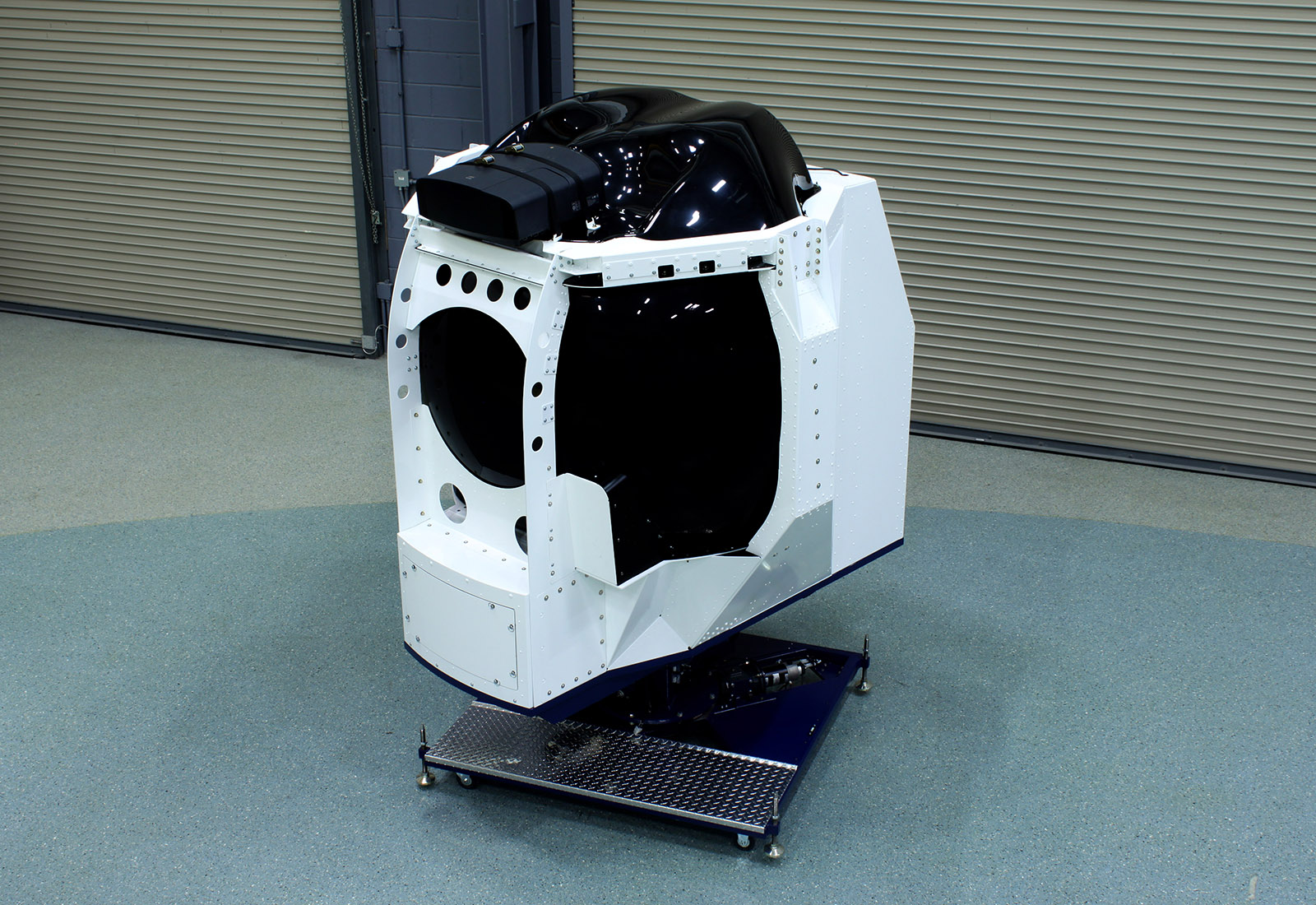
They're all trying to fix this problem of spatial disorientation in helicopters,” said Tom Zeidlik, director of aerospace physiology at UND. Once we get it, we will have the only one in existence outside of the military. Once it’s installed, Zeidlik said he anticipates an increase in the number of corporate helicopter pilots coming to UND for training.
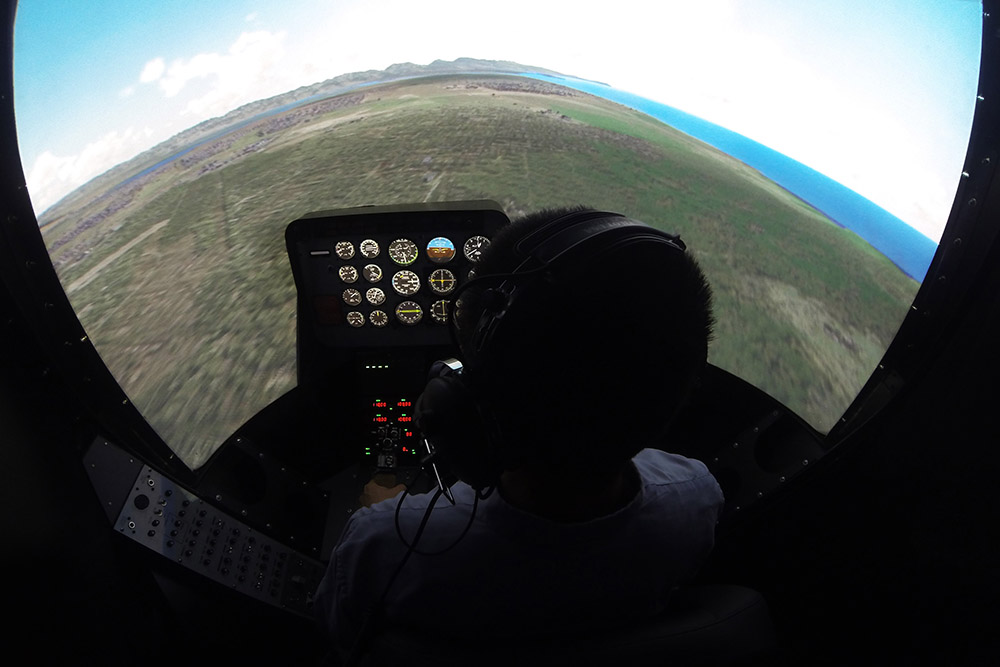
ETC's Aircrew Training Systems (“ATS”) unit, announced it was awarded a contract from the University of North Dakota’s John D. Odegard School of Aerospace Sciences (“UND”) for its GAT-HELO, Rotary Wing Spatial Disorientation (“SD”) Trainer. The GAT-HELO is ETC’s most cost-effective, helicopter simulator capable of delivering general flight and spatial disorientation training. The specialized GAT-HELO motion platform is designed to create in-flight illusions authentically and safely.

ETC's ATFS-400 featured in episode three of Netflix's Countdown: Inspiration 4 Mission to Space. At ETC's NASTAR Center and utilizing an ATFS-400 human centrifuge, the crew underwent centrifuge training to prepare for the various dynamic situations encountered during spaceflight.
In this video, Noemi Distefano speaks to Glenn King, COO and director at the NASTAR Center, a division of training equipment manufacturer ETC, to obtain the company’s perspective on high-G and spatial disorientation training.
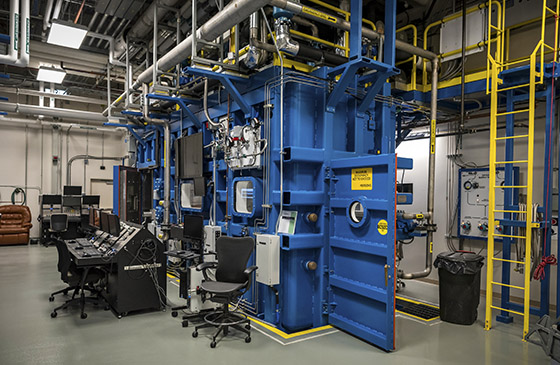
On May 27, leadership and aerospace physiology experts from across the Air Force came together both in-person and virtually via Zoom in a ribbon-cutting ceremony to celebrate the opening of the RAC, a family of four computer-controlled altitude chambers.
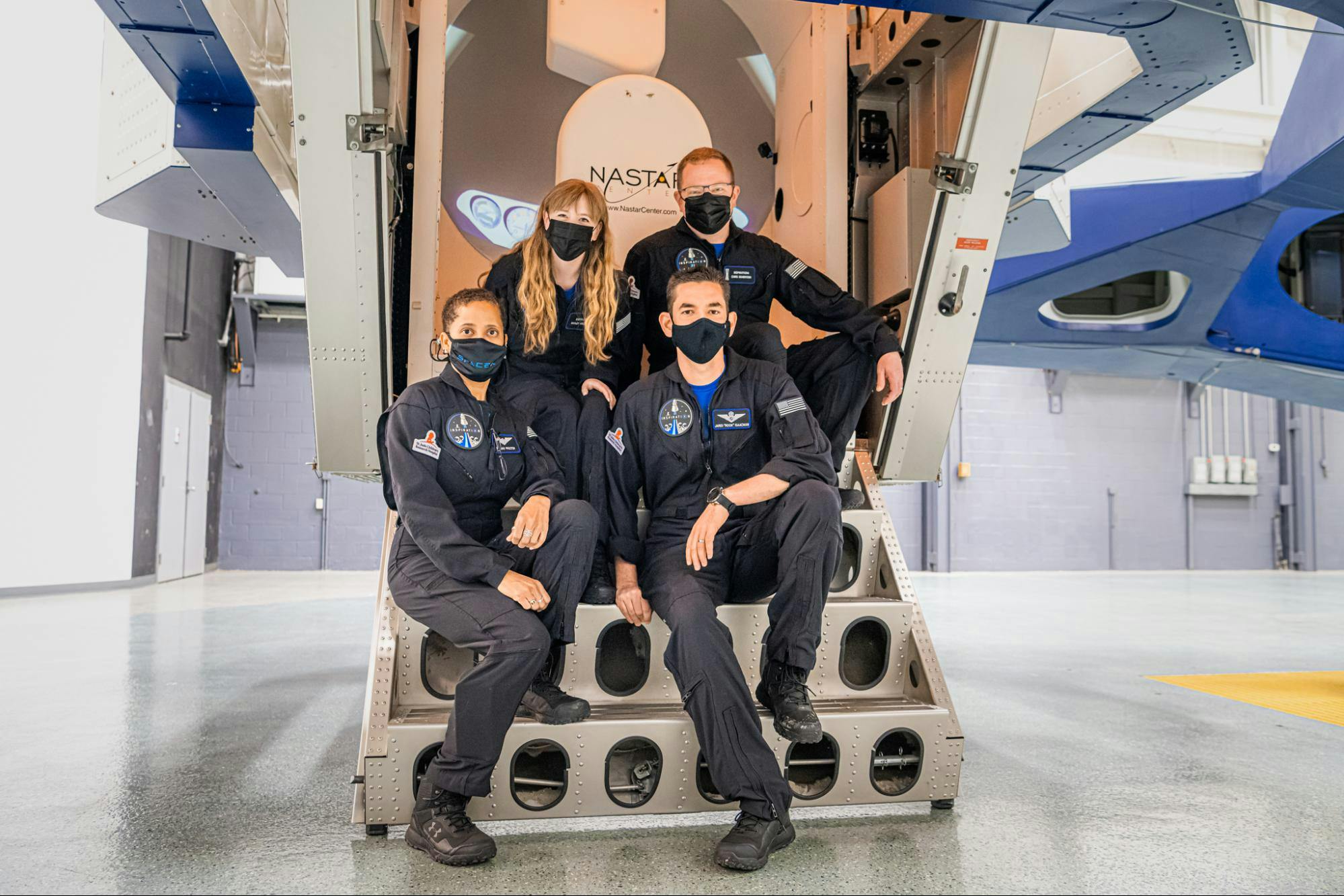
At ETC's NASTAR Center, the crew underwent centrifuge training to prepare for the various dynamic situations encountered during spaceflight — including launch, reentry, ocean splashdown, and a potential in-flight abort scenario.
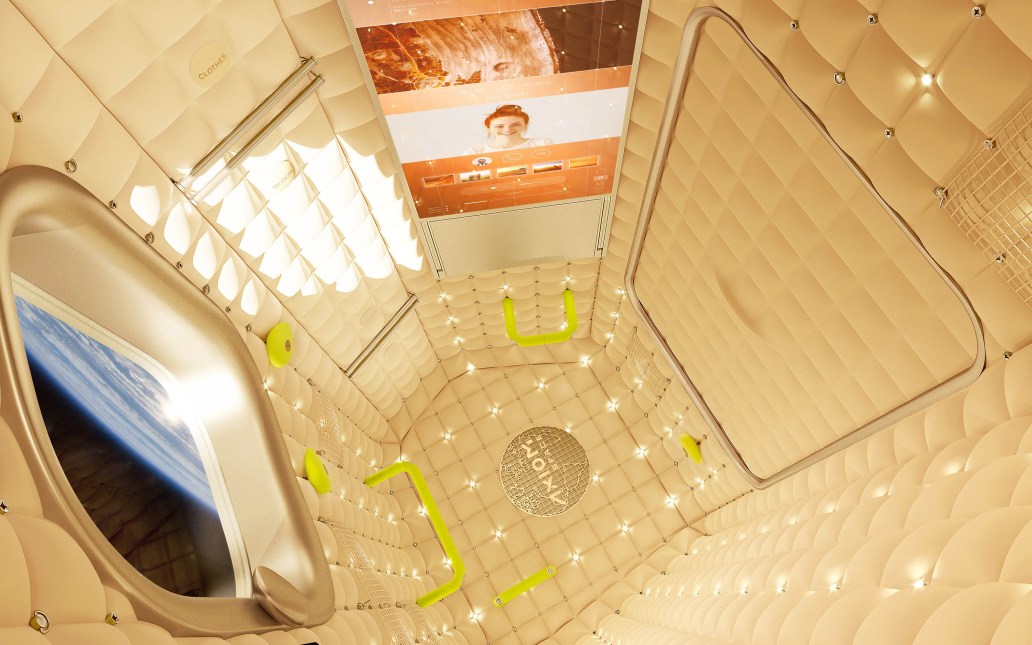
Private astronaut missions are set to begin this year. But how do you prepare a civilian for spaceflight?
